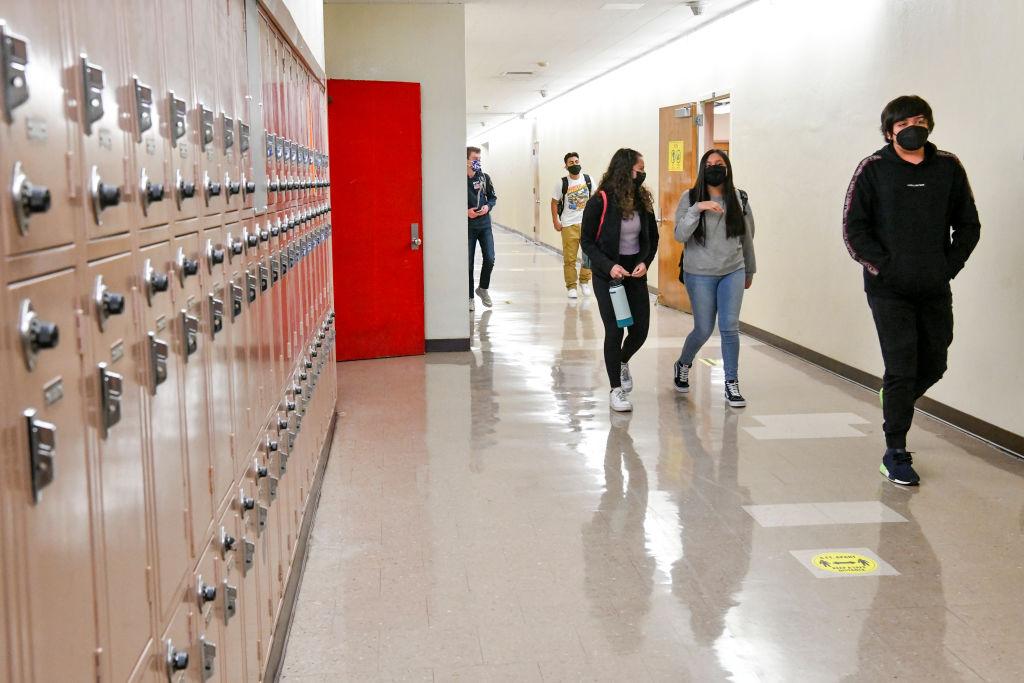Stress from the COVID-19 pandemic interrupted normal development in adolescents, leading to poor mental health and premature brain aging, according to a recently published Stanford University study.
By comparing pre-pandemic MRI scans of adolescent brains with scans from a different group of adolescents after the pandemic shutdowns, researchers found changes in brain structure that occur with age were sped up by about three years in the latter group.





